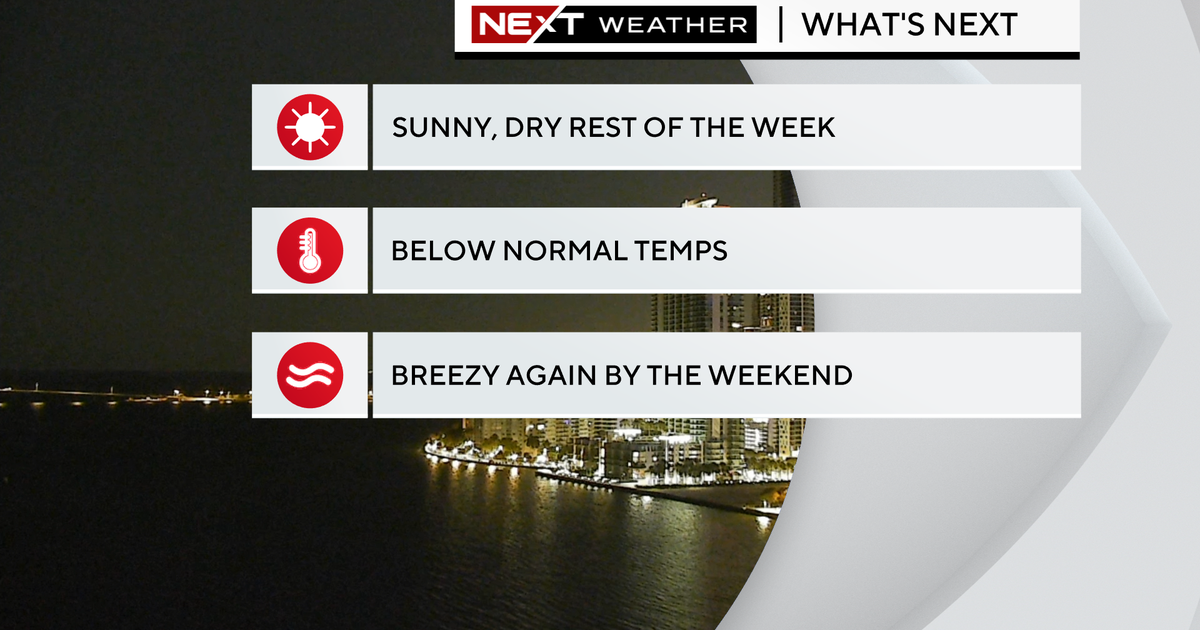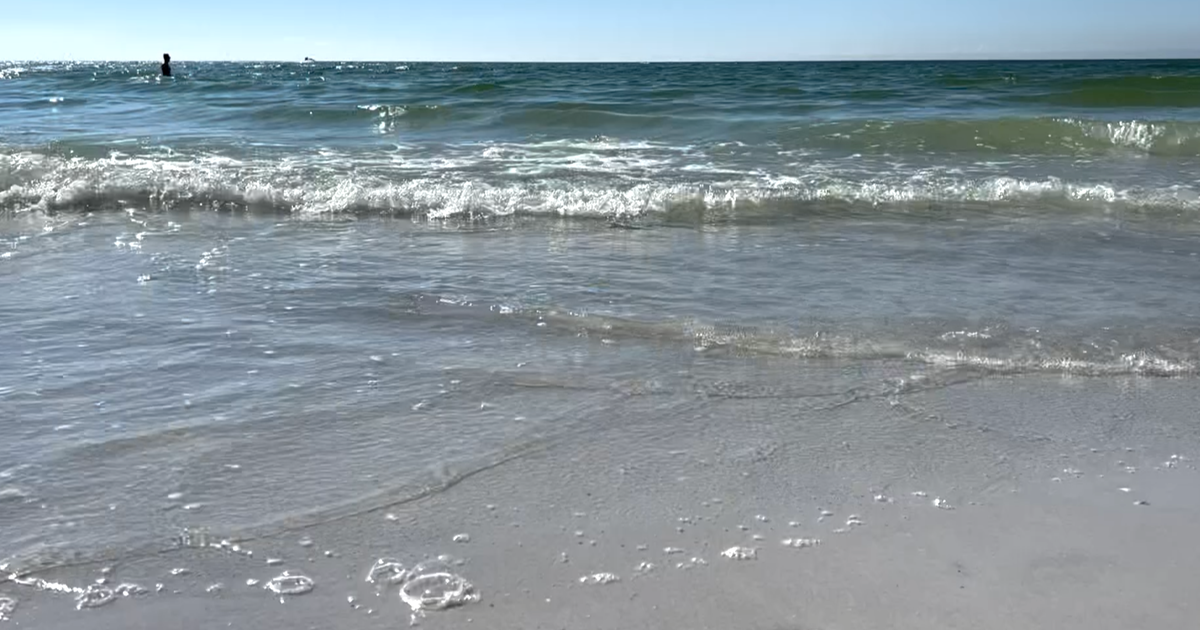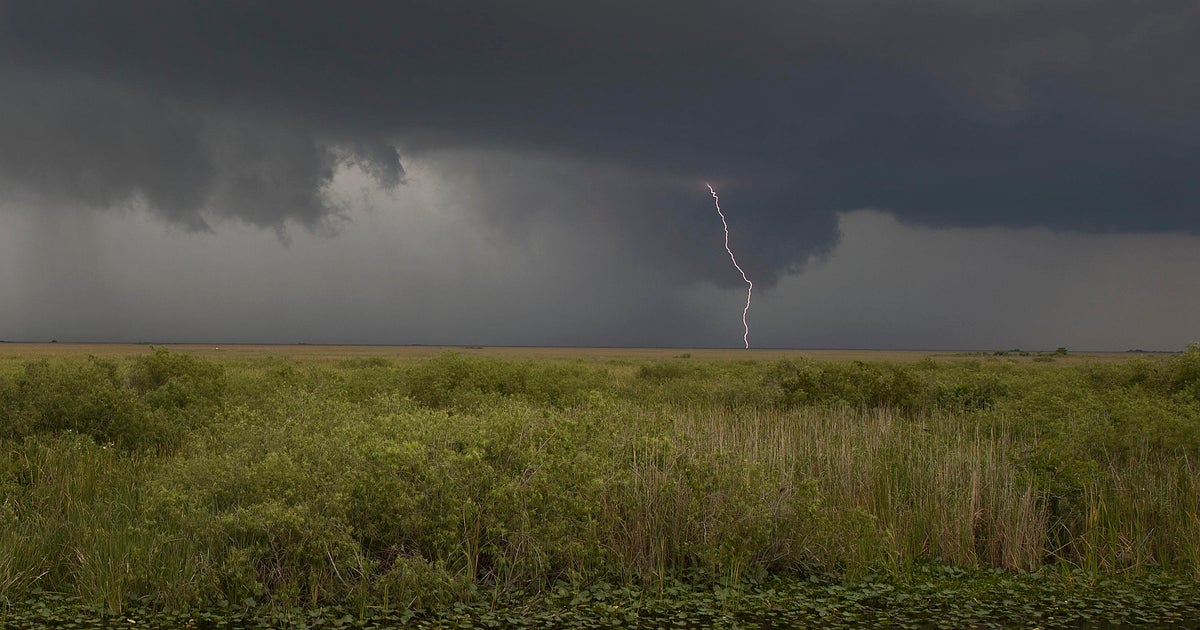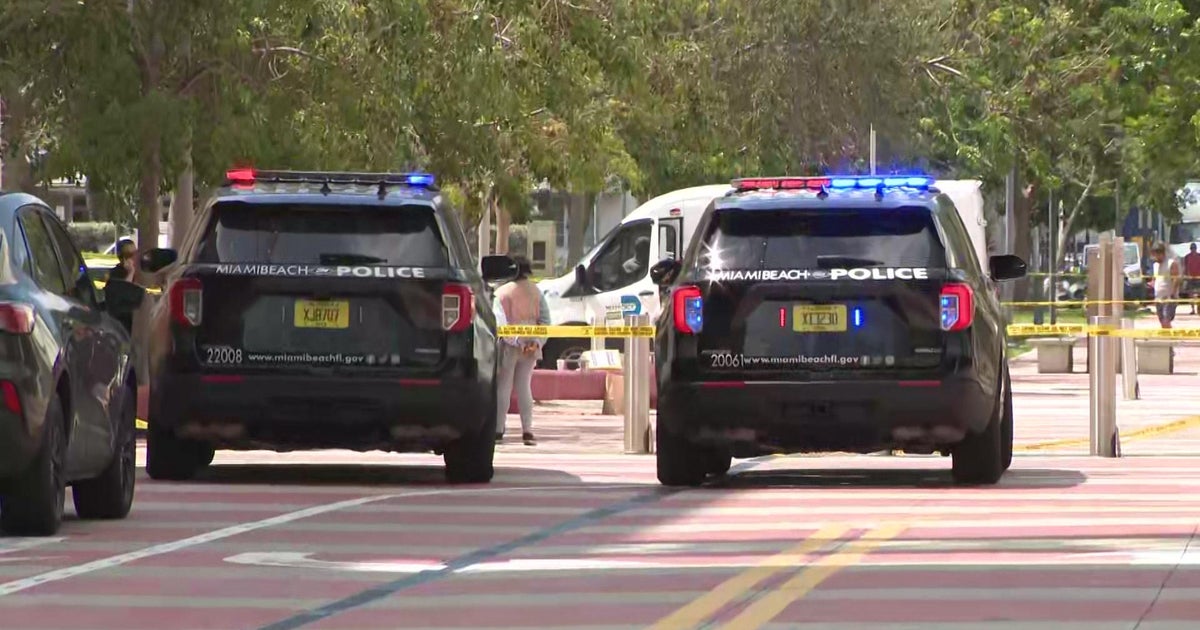10-Year Anniversary Of Hurricane Charley
MIAMI (CBSMiami) – This week marks the 10-year anniversary of Hurricane Charley making landfall in Southwest Florida.
The category four storm made landfall over North Captiva Island in Lee County and moved into Charlotte Harbor on August 13, 2004.
The storm's 150 mph winds were so powerful a new pass, known only by locals as Charley's Pass, was created on the northern tip of North Captiva Island.
As the compact, but powerful storm moved along the coast of Lee County past Fort Myers Beach, Sanibel Island, Captiva Island, Pine Island and into Punta Gorda and Port Charlotte in Charlotte County, the cities quickly hunkered down for a direct hit.
Public Safety Director Marianne Taylor was on the front lines of the emergency response that day.
"Those of us who were here will never forget it," Taylor said.
Gallery: A Look At Hurricane Charley Damage In 2004
She remembered trying to keep her team members safe so they could be ready to move in and help citizens after the storm passed.
"I was at our Station 12 which lost the majority of the roof as well. I remember the glass block that was in the front of the radio room in the building being pelted with the debris that was coming off the roof of the station," Taylor recalled. "Hearing the noise of the wind and the building being pelted, I won't forget."
The storm was the strongest to hit Southwest Florida since Hurricane Donna in 1960.
The Director for Emergency Management for Charlotte County, Wayne Sallade, recalled the moment he heard the storm was moving toward his county.
"The biggest challenge actually came just before landfall when Max Mayfield called and said 'You are in the direct path of this storm; it is a category four and maybe even getting stronger.' We had to think about life-safety for our workers because our team was exposed."
When many people in Southwest Florida woke up that Friday the 13th, the forecast predicted the storm would make a landfall closer to Tampa.
Sallade and his team didn't count on the storm taking the path in the middle of the cone of uncertainty which would leave Charlotte County unharmed. Instead, Sallade said evacuations were put into effect. "The warning went out at noon. We evacuated all barrier islands and manufactured housing and thank God we did," Sallade said. "Charley was only 22-miles off the skinny black line that everybody hangs their hats on."
Charley advanced quickly inland on a path toward Central Florida. In total, 10 people would die as a result of Hurricane Charley.
Sallade said the storm killed four people and damaged more than 11,000 residential units in Charlotte County alone. He said the deaths were all a result of Charley's intense wind and not related to storm surge.
Unlike so many tropical systems, Hurricane Charley lacked a storm surge and actually forced water levels to fall in Charlotte Harbor as the storm moved onshore, meteorologists noted. That is something that many emergency responders credited with reducing the extent of the damages.
Sallade said Hurricane Charley cost Charlotte County $3.2 billion and cost the state more than $15 billion.
Since the storm, many beneficial changes have happened in Southwest Florida.
Sallade and Taylor agreed that one of the most important improvements came in the form of "hardening-up" emergency buildings, making them more able to withstand intense hurricane-force winds.
"Post-storm, what we have done is built stations to withstand winds and build hardened facilities.
We replaced four fire stations, those were replaced with hardened buildings, added three new stations, and the public safety building next to jail on Airport Road," said Taylor.
Charlotte County has also been revitalized. "We coined the term 'urban renewal by disaster' shortly after Charley. There were too many things that needed to be done that weren't getting addressed; Charley changed that," said Sallade. Punta Gorda worked to rebuild the buildings leveled by the storm. "I call it 'the little city that could'- they are probably the poster child for FEMA's continuing rants about resiliency."
Since Charley, the area has seen new, stronger buildings erected. Residents see a freshened landscape around the community, but only those who lived through the storm recognize the changes.
As category four Hurricane Charley survivors, Sallade and Taylor encourage citizens in their county, and in every state that's vulnerable to hurricanes, not listen to forecasts predicting a high or low number of storms. For many residents in Southwest Florida, Hurricane Charley was a lesson learned.
"Every season starts out the same. We start with the same percentage chance that we have every year." Sallade said. "We never let down our guard – or allow people to, if we can help it."
Check out the 2014 Hurricane Guide
RELATED CONTENT:



